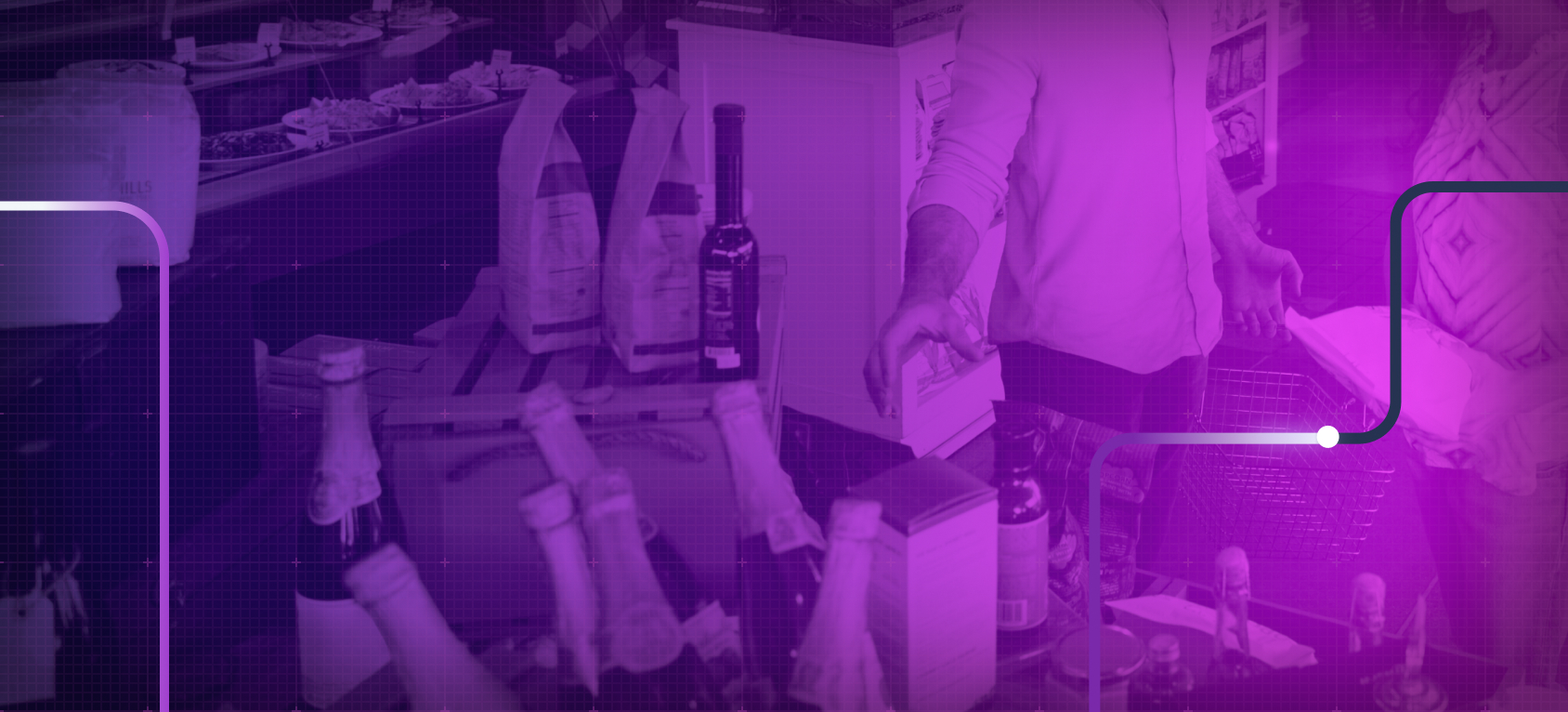Introduction
Point of sale displays—also called POS or POP displays—can make or break in-store campaigns. Whether they’re countertop signs, menu panels, window clings or shelving signage, these materials influence real-time purchase decisions.
But for distributed brands with hundreds of locations, the challenge isn’t just design—it’s delivery, customization and control.
At IRIS Strategic Marketing Support (IRIS), we help brands manage POS assets with precision. GearBox® by IRIS ensures the right display is produced, delivered and launched at the right location—without brand inconsistencies or manual overhead.
What Are Point of Sale Displays?

Point of sale (POS) displays are physical materials placed at or near the transaction area—where buying decisions happen. These can include:
- Table tents or checkout signage
- Countertop displays
- Menu boards
- Clings or decals
- Fixture signage near promotional items
They’re built for visibility, and they often need to change seasonally or by promotion. That makes tracking, fulfillment and version control critical—especially across multiple locations.
Why POS Displays Break Down at Scale
1. Incorrect Kits Sent to the Wrong Locations
Without role-based assignment, stores receive the wrong version or format—leading to missed messaging.
2. Customization Happens Off-System
Managers update content manually, risking branding errors, legal issues or outdated promotions.
3. Manual Vendor Coordination Slows Delivery
Marketing teams email PDFs or instructions to vendors—creating delays and fulfillment blind spots.
4. No Rollout Visibility
You can’t track what displays were used, what was delivered or what’s still missing in the field.
What Marketing Teams Need to Manage POS Displays at Scale
Location-Based Asset Assignment
Stores should only see the signage kits that apply to their layout, tier or market.
Locked Templates With Editable Fields
Allow edits to pricing or hours—without affecting logos, layout or disclaimers.
Integrated Print Fulfillment
Route signage to pre-approved vendors with built-in tracking and delivery timelines.
Usage Reporting by Store or Region
Know who launched what, and identify where execution is lagging—so you can respond quickly.
How GearBox® by IRIS Helps Manage Point of Sale Displays
GearBox® by IRIS is more than a digital asset library—it’s a marketing logistics platform built to support real-world rollout.
Marketing teams use GearBox® to:
- Assign display kits by region, store format or license type
- Lock branding elements while enabling safe edits
- Automate vendor delivery for signage and displays
- Track usage and fulfillment by location
- Maintain compliance and consistency across all POS activations
It turns POS asset management into a streamlined, trackable process.
Use Case: Applebee’s Managed Store-Level Signage With GearBox®
Applebee’s needed to manage seasonal POS signage across hundreds of restaurants, each with different layouts and signage requirements.
With GearBox® by IRIS, they:
- Assigned signage kits by restaurant tier
- Locked brand elements in templates to prevent drift
- Routed files to print vendors based on store profile
- Tracked delivery and usage by location
- Ensured national campaigns launched correctly and on time
Read the Applebee’s Case Study
GearBox® gave Applebee’s complete visibility into POS execution—reducing errors and increasing speed.
Conclusion
Point of sale displays influence buying decisions—but only if they’re executed properly across every store. For brands managing hundreds of locations, this requires more than design—it requires structure.
GearBox® by IRIS gives marketing teams the tools to deliver signage, assign assets, lock branding and track rollout at scale.
Talk to IRIS to bring structure and speed to your next POS display campaign.



